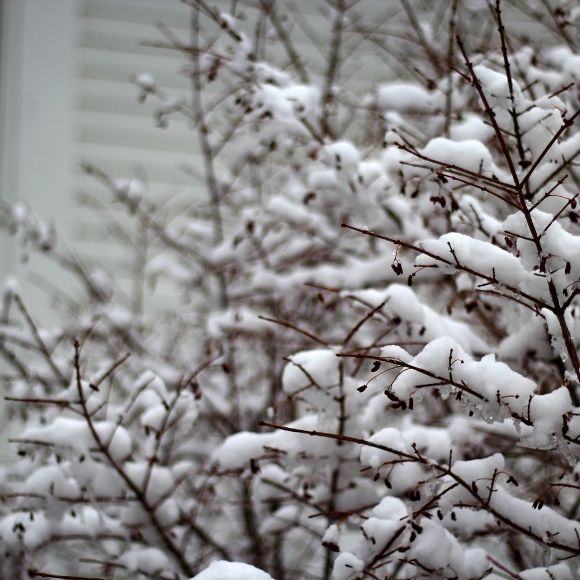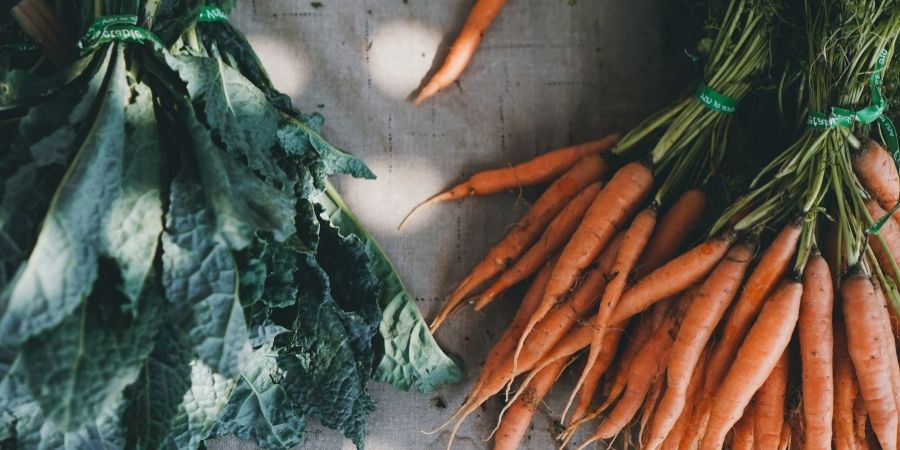How to Protect Your Garden and Landscape in Winter
- Milorganite AgronomistDecember 19, 2020
Just because it’s winter doesn’t mean you can’t—or shouldn’t—get into your yard and garden. In the North, it’s mostly about protecting your lawn, garden, and landscape from harsh winter conditions. In the South, it’s time for general maintenance and to plant cool-weather annuals.

Northern USA Winter Garden and Landscape Care
- Wintertime Mulching to Insulate Plants. Borderline-hardy perennials and bulbs can be mulched to provide insulation after the ground is frozen to help prevent the freeze/thaw cycle, which can damage plants. If there’s a blanket of snow, your work is done. If not, recycle the evergreen boughs from the holiday garlands or tree, or cover the garden with straw. Remove winter mulch in spring when the danger of a hard frost has passed.
- Keep Salt away from Plants and Your Lawn. Regular de-icing salt can damage plants and when you shovel the most recent layer of snow, you’re tossing residual salt on your lawn and landscape. Instead, use the smallest effective amount of a plant-friendly deicing compound. You may even consider using sand, kitty litter, or birdseed for traction.
- Prune the correct deciduous trees and shrubs. Some deciduous trees and shrubs benefit from dormant pruning in winter, others not so much. You can give most deciduous trees a major prune in late winter or early spring but check the shrub “pruning restrictions” below before making your first cut.
- DO NOT prune spring-flowering shrubs in winter, such as lilac, forsythia, honeysuckle, and mock orange, because they bloom on the wood produced last summer. You’d be cutting offspring buds! Prune these shrubs in spring after they bloom.
- Prune Summer-flowering shrubs in winter, including hydrangea, rose, Japanese spirea, and smokebush, produce flower buds on new growth and should be pruned now on dry, mild days while they’re dormant or in early spring before buds begin to open. For a list of spring- and summer-blooming shrubs in your area, check with your local university extension.
- Keep Animals off Your Lawn in Winter! If critters are a problem in your yard, maintain barrier fences, which may have shifted from wind and snow.
- Rescue plants from heavy snow. Plants can easily be weighed down by heavy snow. Remove the snow to help prevent branches from permanently sagging or snapping off. If the snow has already frozen, let it melt.
- Don’t tread on me! Dormant or frozen lawns can easily be damaged and possibly killed by foot-traffic, landscaping equipment, and parked cars, as frozen grass blades contain ice crystals for protection and can break.
- Additional Milorganite winter gardening tips. Check out Milorganite’s January and February Northern gardening checklists.
- Get local intel. Check with your local university extension for winter-gardening information particular to your location.

Southern USA Winter Garden and Landscape Tips
- Prune Southern Trees during Winter. It’s best to prune deciduous shrubs just prior to them producing new growth, and while there are no leaves, it’s easier to see the shape of the shrub and what you’re doing. Late-winter/early-spring pruning won’t interfere with summer- and fall-blooming shrubs. Prune now before they begin growing again.
- Mulch Southern Lawns in Winter. After the holidays, put your Christmas tree to work outside. Intact, use it as a windbreak and shelter for birds. Branches can be used as mulch to protect perennials in colder climates.
- Cold Weather Plant and Lawn Watering. If necessary, keep watering new plantings and evergreens. If you choose to keep your lawn green this winter, water about one-inch per week.

- Plant Vegetables and Herbs. Plant annuals for added color in your winter garden such as begonias, impatiens, geraniums, coleus, and pansies. After holiday amaryllis are finished blooming, plant them in the garden for future blooms. For home-grown goodness, now’s the time to plant cool-weather vegetables including, broccoli, carrots, kale, and English peas. Parsley, basil, thyme, and cilantro will provide fresh flavor for your culinary creations.
- Additional Milorganite winter gardening tips. Check out Milorganite’s January and February Southern gardening checklists.
- Get local intel. Check with your local university extension for winter-gardening information particular to your location.

